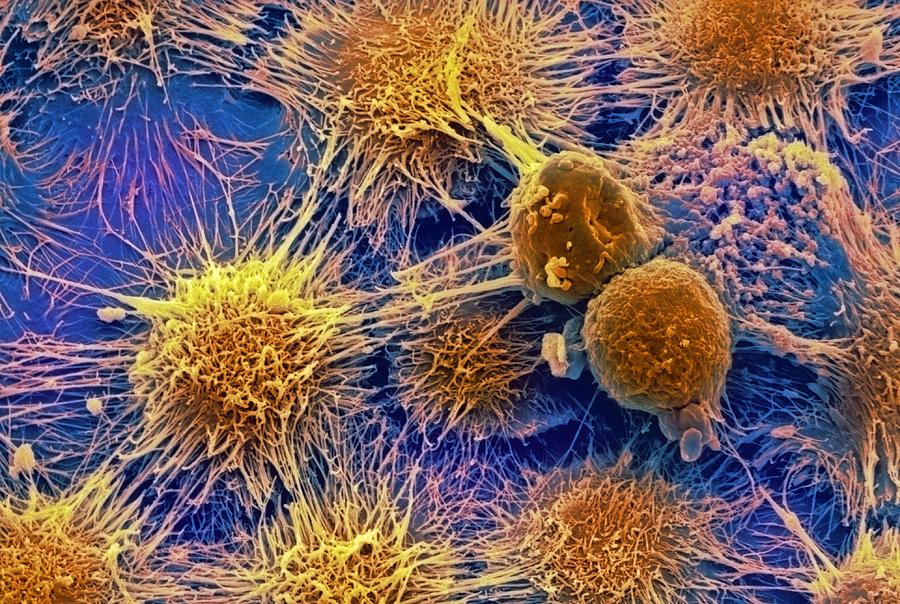
- The term “childhood cancer” is most commonly used to designate cancer that arises in children before the age of 18 years. Childhood cancers are rare, representing between 0.5% and 4.6%* of all cancers. The overall incidence rates of childhood cancer vary between 50 and 200 per million* children across the world
- According to the World Health Organization, the term “childhood cancer” is most commonly used to designate cancer that arises in children before the age of 18 years. Childhood cancers are rare, representing between 0.5% and 4.6% of all cancers. The overall incidence rates of childhood cancer vary between 50 and 200 per million children across the world.
According to WHO, most childhood cancer initially presents with non-specific signs and symptoms, which may lead to late detection. In high-income countries, because children are usually subjected to close parental and medical surveillance, cancer has a high chance of being detected early. In low-resourced countries, however, there are additional barriers to early detection, including poor access to health services and inadequate diagnostic facilities.
As per WHO, in high-income countries, approximately 80% of children with cancer survive five years or more after the diagnosis of cancer. The prognosis is much lower for children diagnosed with cancer in low- and middle-income countries. Factors explaining this include: the late diagnosis of cancer leading to lower levels of effective treatment; poorly equipped hospitals without the appropriate medicines and equipment; other diseases that children might have; and a lack of knowledge about cancer among primary health care providers. In addition, treatment is simply not affordable for many parents in low-resource settings who would be required to pay for the costs themselves.
Speaking about the Indian scenario, Dr Minish Jain, senior oncologist at Ruby Hall Clinic, said, “Sadly, country does not have sufficient number of pediatric Oncologists. Even in the city of Pune hospitals like Ruby Hall Clinic and KEM Hospital do not have a pediatric Oncologist. The reason is back up, in the form of trained residents and sisters, who will look after these children is very poor. The country needs more pediatric oncologists than medical oncologist, as childhood cancers are curable.”
Dr Shailesh Kanwinde, pediatric Oncologist from Pune said, “Childhood cancers are curable, if detected early and treated early. This is why they should be differentiated and awareness about early detection should be done.”


